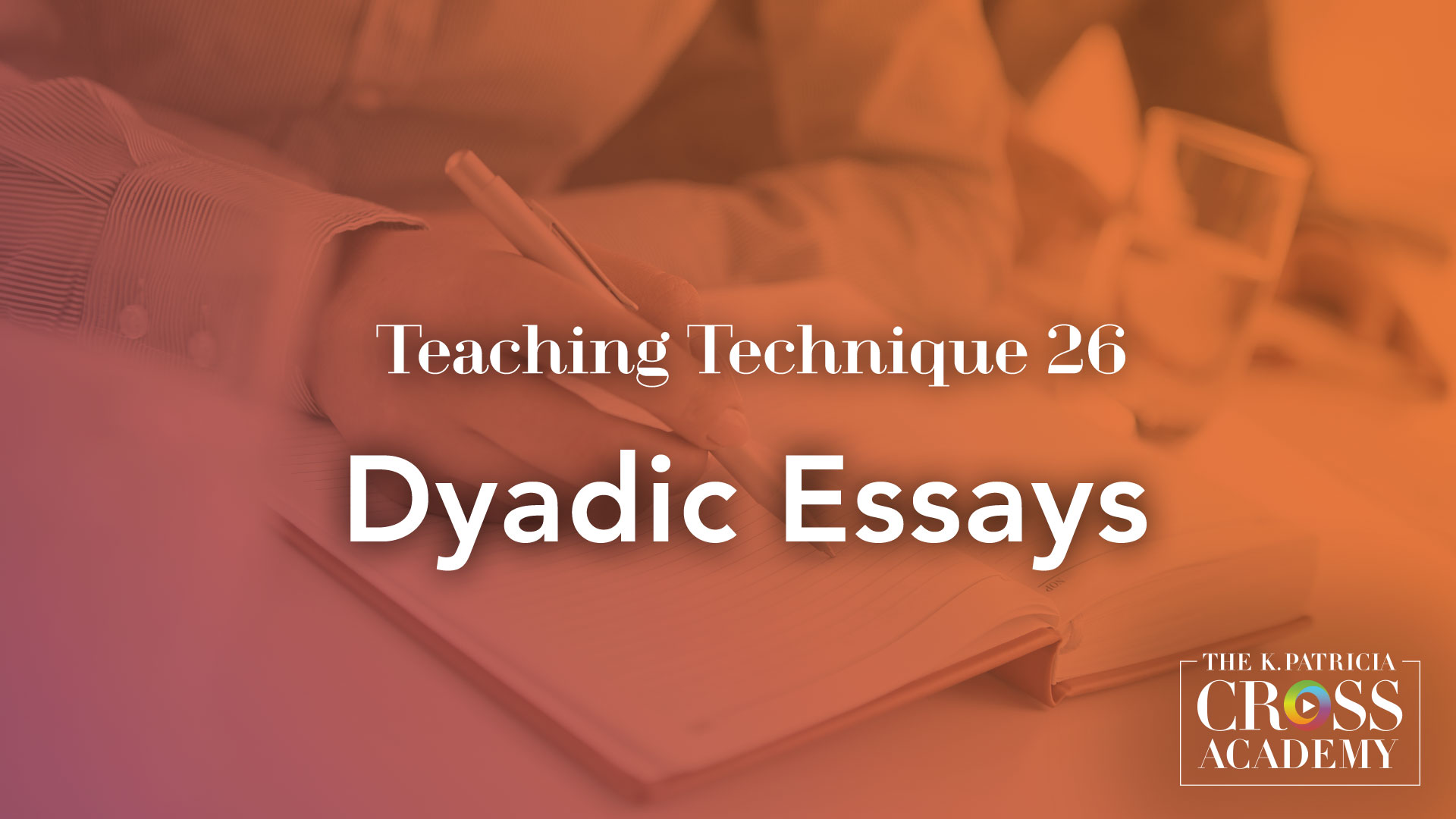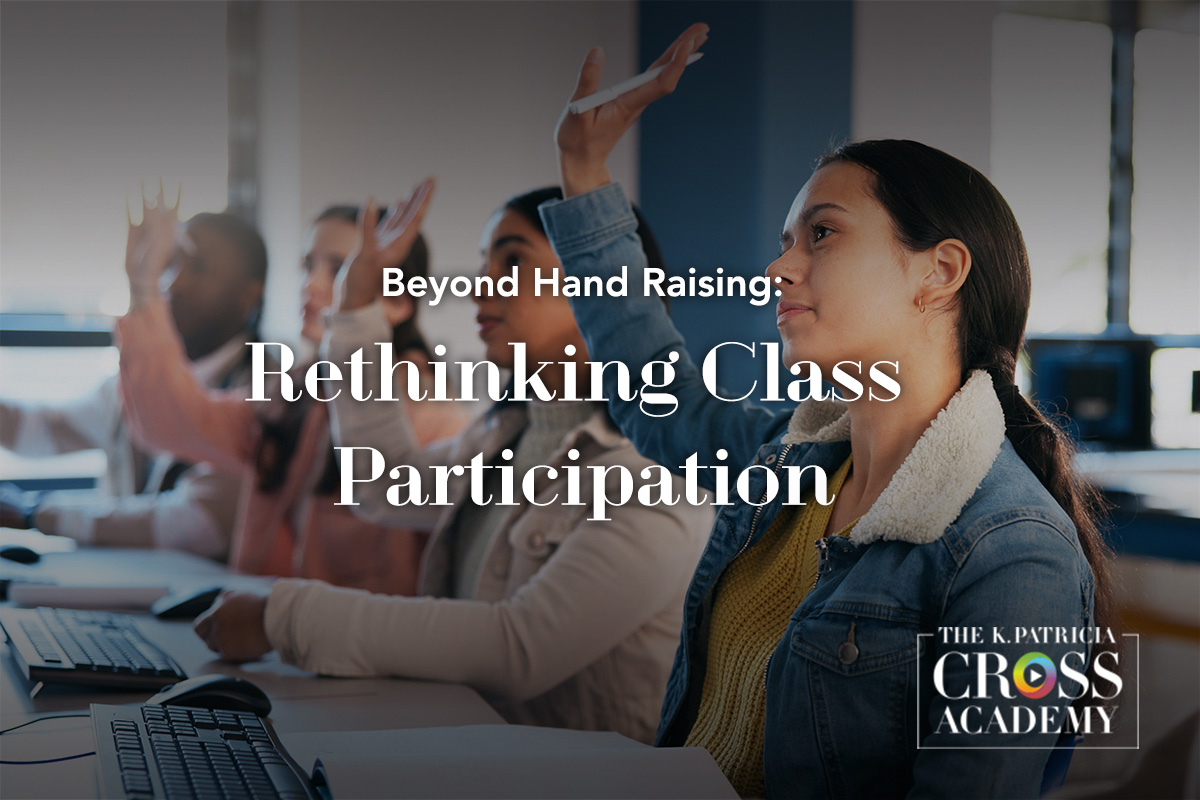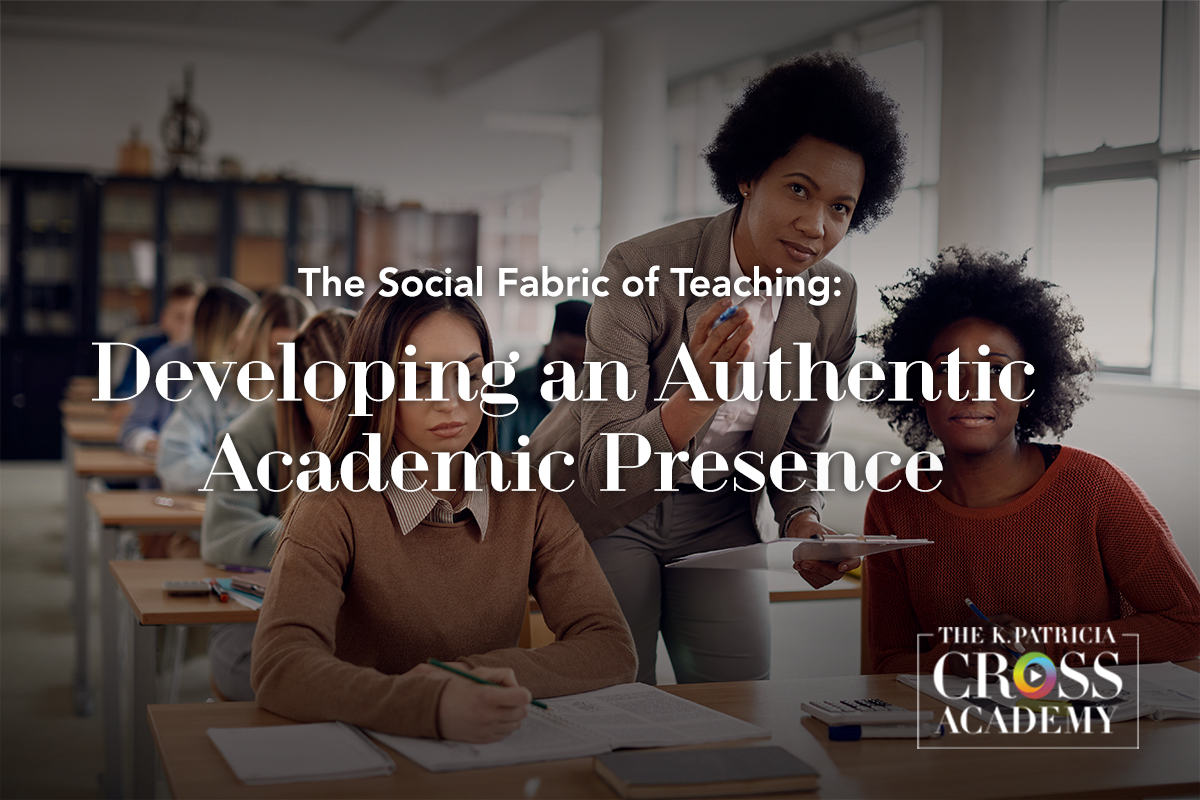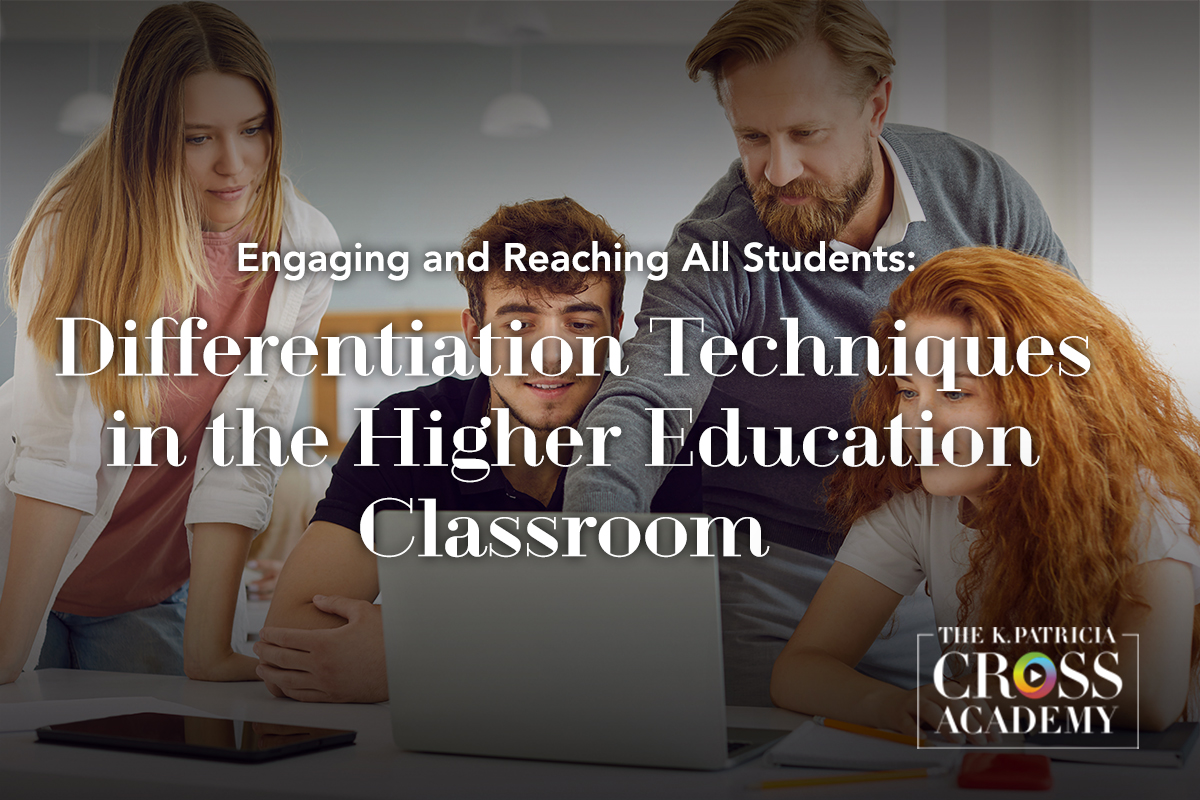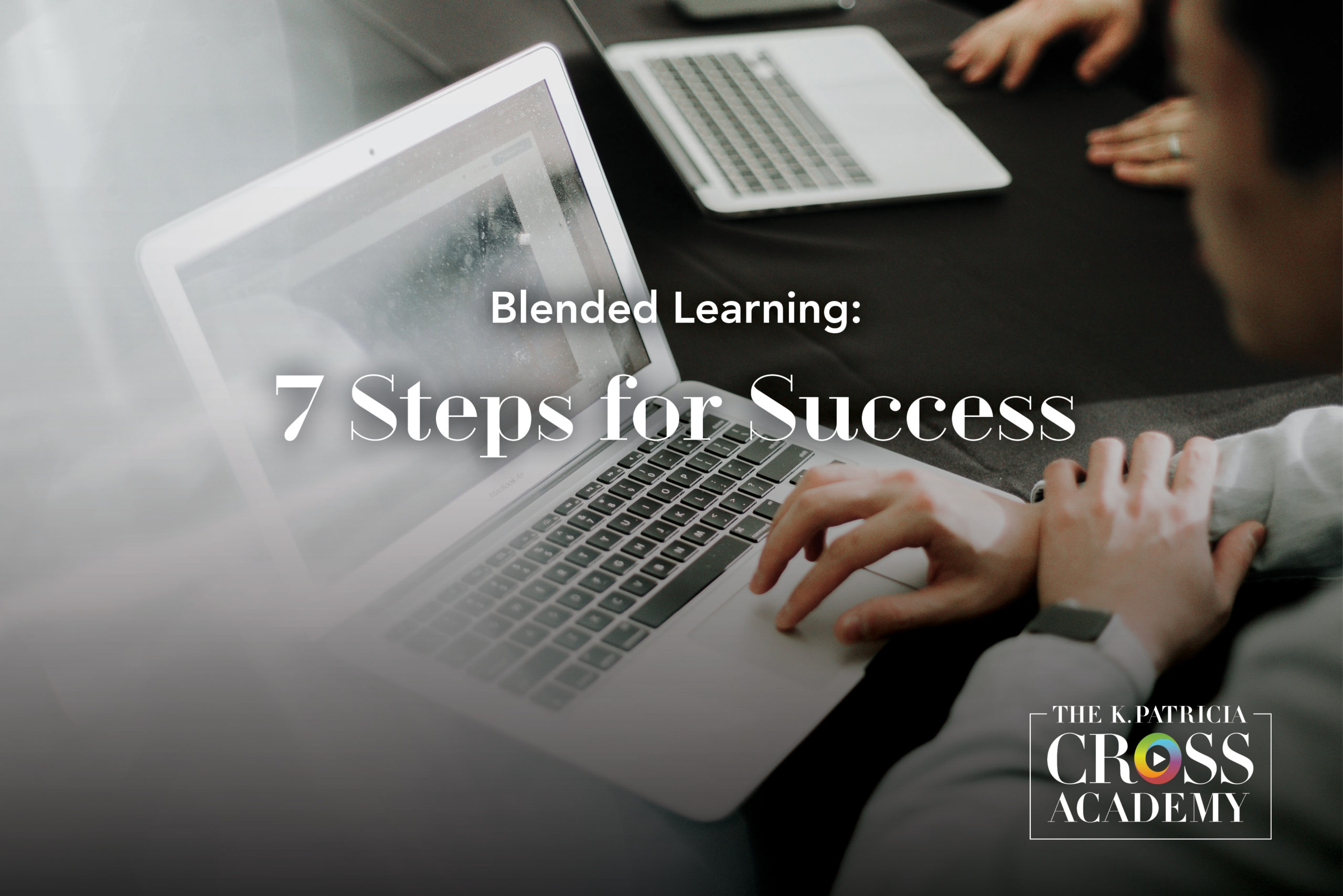
As colleges and universities look for new ways to improve both student learning and the student experience, blended courses are becoming increasingly common. A combination of onsite and online instruction, there is no single approach to blended learning.
With any definition, the key to blended learning is the combination of onsite and online instruction.
Educators in different geographic regions have different views on what constitutes blended learning. To some, blended means any combination of onsite and online learning, often involving asynchronous learning, whereas to others, blended may mean concurrent learning, where students may choose to participate in synchronous sessions either online or onsite. With any definition, the key to blended learning is the combination of onsite and online instruction.
There are many successful practical examples of blended learning. At the University of Central Florida (UCF), for example, 90% of the 59,000 undergraduate students take blended or online courses. The campus was an early adopter of the blended approach, beginning to experiment with blended courses in the 1990s, and continuous surveying has shown that their blended courses have higher student satisfaction and lower withdrawal rates than other courses offered by the school. UCF has created an open-resource blended learning toolkit that offers instructors resources such as model courses, best practices, research, and even a course that instructors can complete to help develop their own blended curriculum.

There is also research evidence that blended learning produces better results than online- or onsite-only education. A 2010 meta-analysis of online learning studies by the Department of Education (Means et al., 2010) found that “instruction combining online and face-to-face elements had a larger advantage relative to purely onsite instruction than did purely online instruction.”
One possible explanation offered in the analysis was that the combination of online and in-person elements resulted in students spending more time with the educational materials and engaging with it in a greater variety of ways than they would in an exclusively online or onsite experience.
However, maintaining student engagement during blended learning offers its own hurdles. A spring 2019 ProLiteracy survey of their own members identified common barriers to implementing blended instruction for adult education (Gilmour, 2020). Nearly half of respondents said students struggled to be self-directed enough to effectively use the instructional technology, and another 25 percent said students were not interested in using the technology.
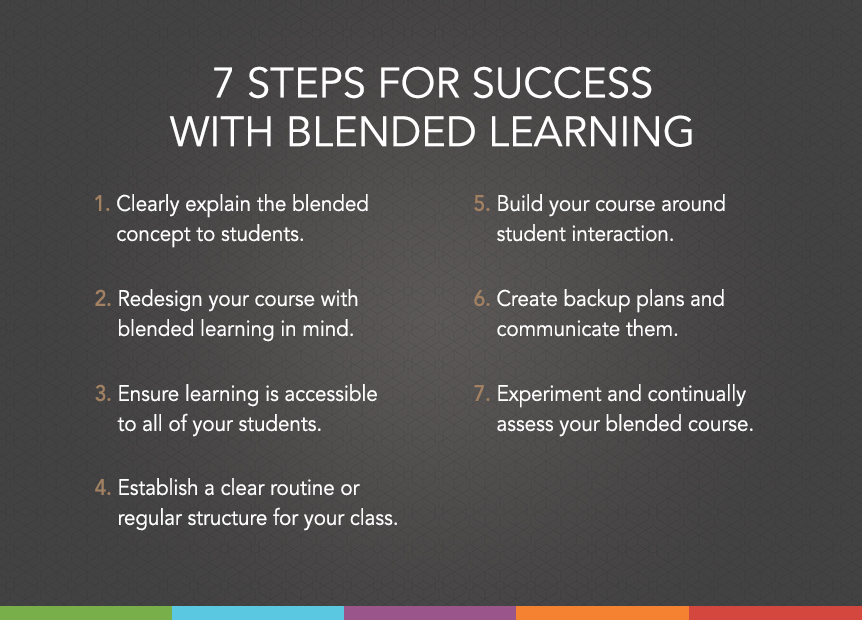
With these challenges in mind, those of us planning to teach using blended approaches stand to benefit from the following tips, strategies and recommendations for successful implementation below:
- Explain the blended concept: Students don’t always understand the concept of a blended course and the relationship between the classroom and online components. In particular, students may need assistance in understanding reduced seat time. They may not consider time out of class to be classwork (Aycock, Garnham, & Kaleta, 2002). Clearly state the rationale for your course design and the relationship of the components (Aycock, Garnham, & Kaleta, 2002). Be explicit about the fact that independent work is still classwork.
- Redesign for blended: One of the key components of blended learning is ensuring integration between the two different class components. Think about your course material and consider what tasks would be better completed onsite and which would more easily be completed online, at the students’ own paces.Create online assignments that can carry over to the classroom and back online (Sands, 2002; Aycock, Garnham, & Kaleta, 2002). For example, you might begin a class discussion onsite and then extend it into an online discussion in which all students participate.
- Ensure learning is accessible to students: Learning outside of class is part and parcel of blended learning, but you need to rely on technology that allows students access anytime, anywhere. You will also want to consider the technology and internet bandwidth accessible to students outside of class. This may mean building course materials that can be easily accessed from and downloaded on a mobile phone.
- Establish a class routine and regular structure: Syllabi and course descriptions should clearly delineate when the class meets in person and when students are expected to complete coursework online. Repetition can be helpful, for example, by meeting on the same days each week or having assignments due on the same days of the week.
- Build for interaction: Effective blended courses have higher rates of student-to-student and instructor-to-student interactions than lecture-only courses (Aycock, Garnham, & Kaleta, 2002). Sands (2002) recommends focusing on interaction rather than the delivery mode of the course. Create activities that require students to engage in the course content and with each other.
- Communicate Backup Plans: Even with the best-planned routine, something will inevitably go wrong. The global server for your university’s LMS may go down, inclement weather may force you to cancel an onsite class or your personal internet may go out. Make sure students understand alternative ways to submit assignments if they experience technical issues and communicate the protocol for a missed in-person session. Will you host a makeup class via web conference? Will students instead complete an asynchronous online assignment? Planning ahead of time will give you peace of mind and avoid you having to scramble around in the moment.
- Experiment and assess: Blended curricula offer great opportunities to experiment and be creative with assignments. To reinforce material covered during a lecture, have your students upload video or audio journal assignments. Gauge whether students are more or less engaged in discussions and debates online than they are in person.Do students have cooler heads when they have moments to reflect before typing a response? Or, do they get more heated when they aren’t speaking onsite with their classmates? Try a variety of approaches—online and in person—and continuously assess what works and what needs to be refined.
Additionally, here are a few Cross Academy Techniques that you may find particularly useful in a blended class:
In Jigsaw, students work in small groups to develop knowledge about a given topic before teaching what they have learned to another group.
Paper Seminar provides a framework for meaningful discussion centered on student work.
In Dyadic Essays, students: 1) complete a content unit, identify a central question, and draft an answer to that question, 2) exchange questions with a peer and prepare responses, and 3) pair up with another student and compare the model and in-class answers.
For a Class Book, individual students work together to plan and ultimately submit a scholarly essay or research paper. Then all students’ papers are published together.
While it can be a struggle to keep students engaged in either onsite or online classes, blended curricula provide students with multiple entry points to engage with lessons and reinforce understanding of material.
It’s also important to keep in mind that there’s no one-size-fits-all approach to blended learning and your ability to succeed may depend on external factors such as the reliability of your and your students’ internet access or the strengths or weaknesses of your program’s LMS.
The freedom and flexibility offered by blending online and onsite teaching also requires discipline and commitment to understand your strengths as an educator and how those can best be applied. As you experiment with moving assignments and other pieces of your course online—and adapting them to fit the new medium as necessary—you’ll eventually find a balance that works for you and your students.
Email us to receive information about new blog posts.
References
Aycock, A., Garnham, C., & Kaleta, R. (March 20, 2002). Lessons learned from the hybrid course project. Teaching with Technology Today, 8(6), 1-6.
Gilmour, J. (2020). What are the challenges of implemented blended learning in adult education. https://www.proliteracy.org/Blogs/Article/505/What-are-the-Challenges-of-Implementing-Blended-Learning-in-Adult-Education
Means, B., Toyama, Y., Murphy, R., Bakia, M., and Jones, K. (2010). Evaluation of Evidence-Based Practices in Online Learning: A Meta-Analysis and Review of Online Learning Studies. US
Sands, P. (2002.) Inside outside, upside downside: Strategies for connecting online and onsite instruction in hybrid courses. Teaching with Technology Today, 8(6).
Suggested Citation
Barkley, E.F., & Major, C.H.Gutenson, L. D., & Morris, S. J. (n.d.) . Blended learning: 7 steps to success. CrossCurrents. https://kpcrossacademy.ua.edu/blended-learning-7-steps-to-success/
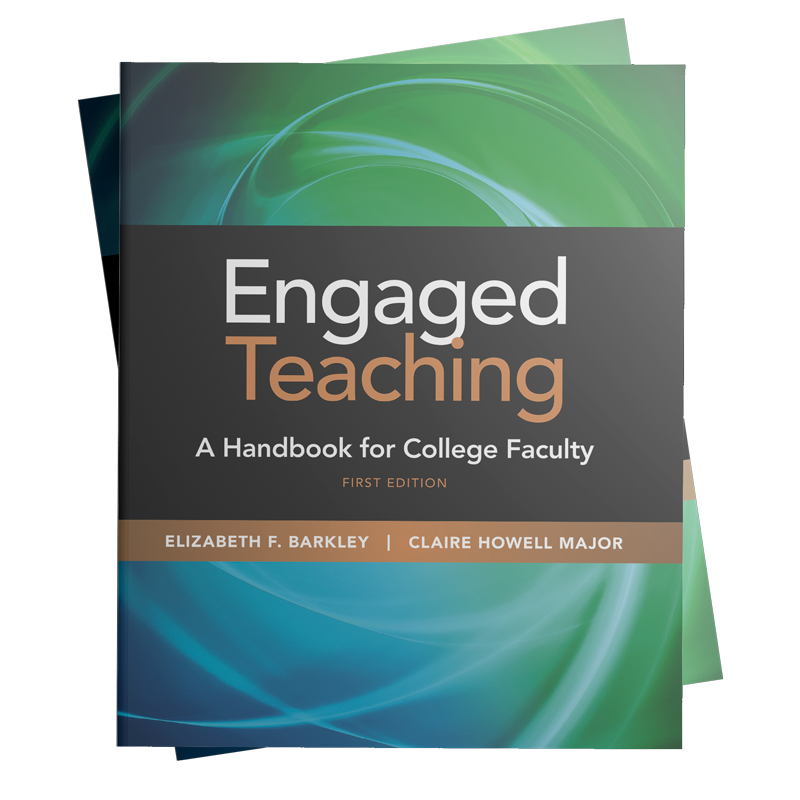
Engaged Teaching
A Handbook for College Faculty
Available now, Engaged Teaching: A Handbook for College Faculty provides college faculty with a dynamic model of what it means to be an engaged teacher and offers practical strategies and techniques for putting the model into practice.


